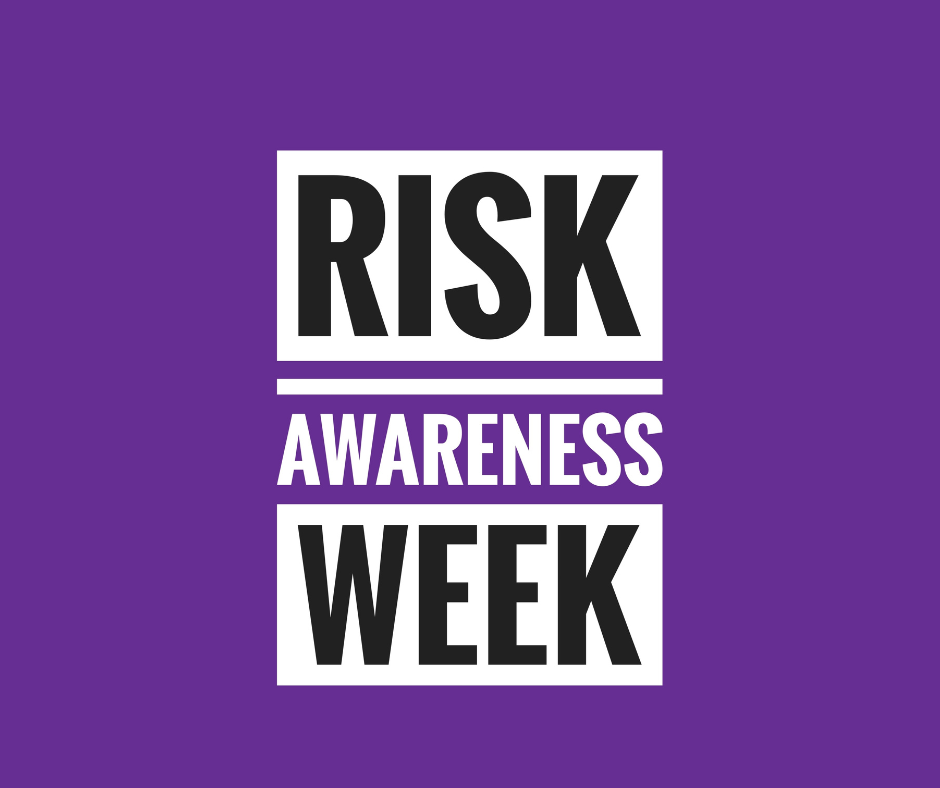The Building Safety Act: A beginning, not an end

The recent introduction of several Building Safety Act secondary regulations marks the starting point for many industry changes – with more on the way. Mike Smith, ECA Technical Director, says that the industry should be alert for what’s already here, and on the horizon.
The Building Safety Act, which became law in April 2022, is not just one piece of primary legislation. It is the foundation of a new building safety regime for construction and beyond, and it set in motion changes that will have a huge impact in all sectors of the industry, and notably our own.
In September 2023, the Department for Levelling Up, Housing and Communities (DLUHC) published these regulations under the Building Safety Act:
- The Building Regulations etc. (Amendment) (England) Regulations 2023
- The Building Regulations (Higher-Risk Building Procedures) (England) 2023
- The Building (Approved Inspectors etc. And Review of Decisions) (England) Regulations 2023
- The Higher-Risk Buildings (Management of Safety Risks etc) (England) Regulations 2023
- The Building Safety Act 2022 (Consequential Amendments etc.) Regulations 2023
The first important point to note is that requirements in the new building safety regime, brought about by the 2022 Act and new Regulations, applies to all building work that is ‘notifiable’, not just to Higher Risk Buildings (HRBs). This is essential information because the Building Regulations etc. (Amendment) (England) Regulations 2023 include fundamentally important descriptions of general (as well as HRB specific) duty holder and competence requirements. Furthermore, while the new Regulations cover fire safety, they also cover all the other notifiable aspects of the Building Regulations.
For new notified work after 1 October 2023, duty holders must manage building safety risks during the design, construction, alteration and maintenance of all buildings. They can be clients, designers and contractors, and clients have a statutory duty to appoint only those businesses or individuals who can provide evidence of competence to deliver what’s required of them under the new Regulations and the Building Regulations (‘ensuring compliance’). Contractors now have a duty to assess their competence and to turn down work for which they do not have the appropriate skills, knowledge, experience - and behaviours (SKEB).
The term ‘competence’ in the Regulations is required of all persons carrying out notifiable works. Organisations must also be able to demonstrate that they have the right ‘organisational capability’ to ensure compliance. This means, for example, that business owners and managers know and can show sufficient SKEB for all employees and sub-contractors involved.
This raises the question of what constitutes ‘competence’ for the electrotechnical sector. We have already noted that competence in the new Regulations means “having the appropriate SKE and behaviours” for their role. However, more detailed definitions of occupational competence are still largely in development as of autumn 2023.
The ECA is represented on competence Working Groups and will be feeding back to Members on progress. In addition, ECA chairs the Build UK Common Assessment Standard (CAS) review group. This is looking to develop the CAS so that it can show organisational competence during prequalification, based on the new duty holder requirements. These changes should be introduced around April 2024.
Higher Risk Buildings
The Building Regulations (Higher-Risk Building Procedures) (England) 2023 apply to buildings which contain at least two residential units and are a minimum 18m in height (or seven storeys). Hospitals and care homes are also included in this definition. Notably, hotels, secure residential institutes and military accommodations are not included.
HRBs (when not hospitals or care homes) must now be registered with the Building Safety Regulator (the deadline for this was 1st October 2023).
The principle of the ‘Golden Thread’ also applies to HRBs. This is a record of information on the building design, construction and occupation which is held in an accurate, up-to-date and accessible format. For contractors, the information should be used to check the purpose of any systems they are working on – and to work to that objective. This applies equally to construction and to ongoing alteration, maintenance or repair in an HRB.
Another important regulation for HRBs in particular is mandatory ‘occurrence reporting’. This covers any structural or fire safety occurrence related to the design or construction phase which (if not remedied) would present the risk of fatal or serious injuries during occupation. Principal designers/contractors must establish a system for each project for reporting occurrences to the Building Safety Regulator.
For ECA or FSA members these occurrences might include problems around fire stopping within risers or structure elements; holes in steelwork; or inadequate fire stopping around building services and doors.
As noted, the regulations introduced in September mark a starting point for major change – and more developments are on the way, including new rules on product standards.
ECA is working with the new Regulator to keep Members informed of developments following these regulations. We can also provide practical assistance, for example with the eCOMS platform for employee competence management. This free bespoke package can help Members to track and stay up to date with certification requirements for all technical staff.
There is a lot of information coming into the industry on the new building safety regime, which may seem overwhelming. Our message to Members is to stay aware and engage with the ECA, both in terms of your questions and reading ECA’s outputs in this major new topic area. ‘Competence’ will include understanding the new regulations and their implications for your business and customers, making this topic mission-critical for contractors of every size.
Visit eca.co.uk/buildingsafety to learn more about our work in this area.
.jpg?width=970&height=90&ext=.jpg)











.jpg?ext=.jpg)
.jpg?ext=.jpg)
